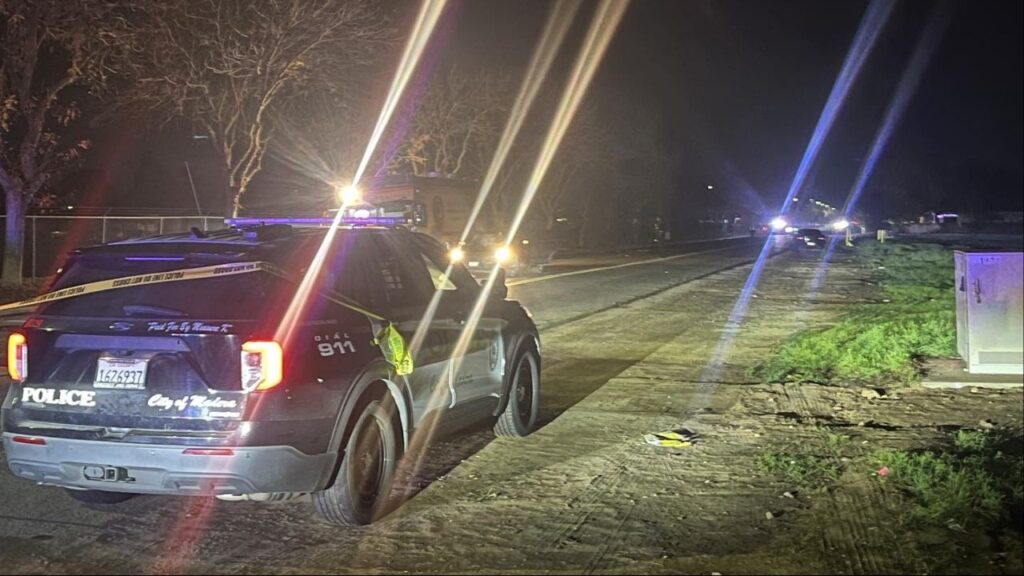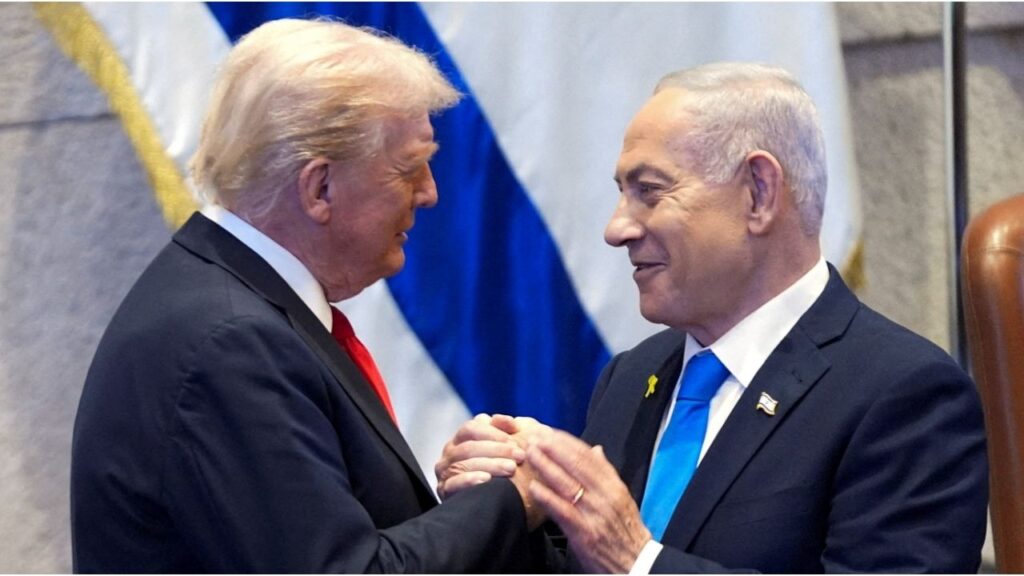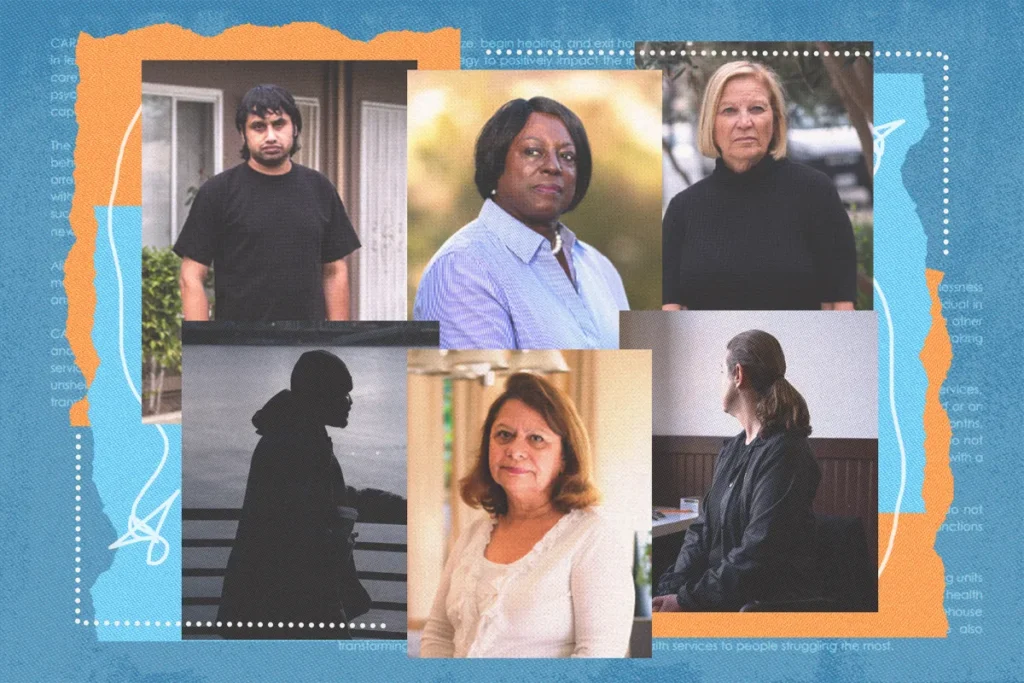Share
BERKELEY — The stock market turmoil triggered by the coronavirus pandemic is raising worries that Pacific Gas & Electric’s $13.5 billion settlement with victims of catastrophic wildfires may be worth far less by the time the beleaguered company emerges from bankruptcy.
Attorney Robert Julian told U.S. Bankruptcy Judge Dennis Montali that the stock market’s steep downturn during the past month may require PG&E to provide more reassurances about the money intended to compensate victims for trauma and property losses suffered during the fires in 2017 and 2018 blamed on PG&E equipment.
PG&E agreed to set up the $13.5 billion fund for the victims as part of its plan to emerge from bankruptcy this summer, with half the amount coming from stock in the company. The prospect of owning stock in the company that ruined their lives has never been popular among the victims, but it has become even more unsettling during the market upheaval.
Since hitting a six-month high of $18.34 on Feb. 11, PG&E’s stock has lost roughly half its value. The shares rose 42 cents Wednesday to close at $9.25. That decline is even more severe than the benchmark Standard & Poor’s 500 index, which has fallen by about 25% during the same stretch.

The Settlement Calls for Wildfire Victims to Receive a Block of Stock
Montali didn’t take any action requiring revisions to the PG&E plan, clearing the way for the company to begin sending out ballots to more than 400,000 parties who will vote on the reorganization plan. But he left the door open for further supplements to the plan as attorneys for the victims and PG&E try to work out their latest differences with a mediator.
Julian told the judge the stock market’s volatility has unleashed a torrent of calls and letters from wildfire victims fretting about whether the PG&E stock will really be worth $6.75 billion if and when the company’s bankruptcy plan gets approved. With a mediator’s help, Julian said, victims’ lawyers hope to gain more assurances from PG&E about the value of the stock in the settlement, as well as when they will be allowed to sell their shares in the company.
The settlement calls for wildfire victims to receive a block of stock that will give them a 21% stake in PG&E. If all that stock were sold at once, it would likely drive down its value even further. To prevent that, a defined timeline will likely have to be set up for periodic windows in which PG&E stock could be sold.
Some Victims Have Expressed Doubts About the Sincerity of PG&E’s Commitment
Those details haven’t been worked out with PG&E, but Julian said it is imperative to clearly spell out when and how much stock the victims can sell so they know they can minimize the risk of loss if the utility’s outdated equipment causes more fires in the future.
PG&E lawyer Stephen Karotkin reiterated the company’s belief that the $13.5 billion deal is the best bet to ensure victims are compensated. Since filing for bankruptcy early last year, PG&E has repeatedly said taking care of fire victims is its top priority.
But some victims have expressed doubts about the sincerity of PG&E’s commitment, one of the biggest complaints centering on an all-cash $11 billion settlement with the insurers who paid policyholder claims. Some victims are upset they’re being forced to accept so much company stock instead of cash.
Getting stock, though, could result in the wildfire victims’ $13.5 billion being worth more than its original value. After PG&E’s previous three-year bankruptcy ended in April 2004, its stock nearly tripled in value and peaked in 2017, just before the first wave of deadly wildfires.
RELATED TOPICS:
Categories

7-Eleven Inc Says CEO Jeo DePinto to Retire


















